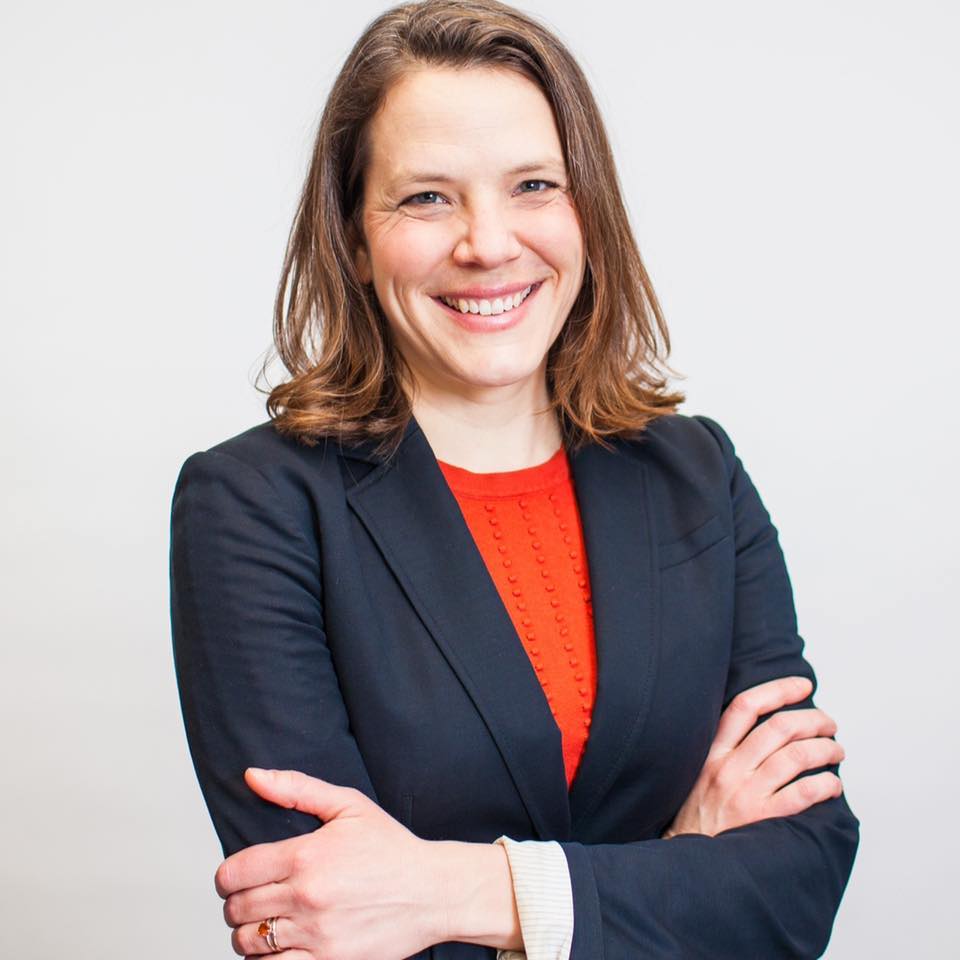Question: Describe a welcoming and thriving urban corridor. What are the ingredients for a healthy and vital streetscape?
Knuth: A welcoming and thriving urban corridor is one in which (1) people feel and are safe, (2) people are able to move around easily while connecting with the community, housing, jobs, culture, and commerce, (3) serves key city infrastructure needs of keeping the city cool (e.g. tree canopy) and addressing stormwater.
Healthy and vital streetscapes can be used by people on bikes, foot, transit, and cars and include easy use by people with different kinds of abilities. Cars do not go too fast, transit is accessible, and bikers and walkers are not an afterthought, but a central part of design. A vital streetscape is a place a person feels comfortable walking in the heat of summer — with abundant trees and other greenery — and in the winter — with maintenance to make sure there is not dangerous ice. It includes places to gather, whether at sidewalk cafes or free and welcoming public seating.
A vital streetscape also includes a range of businesses, with housing on top or alongside these businesses that help to foster a community full of people from different backgrounds and serving different needs on the street. The street serves as a place to highlight and celebrate culture — including through more permanent art like murals or the vitality of community celebrations. Finally, a vital streetscape is part of our city’s approach to dealing with climate change-whether it’s in reducing the need to drive or helping slow down stormwater and preventing flooding from the more extreme rains caused by climate.
Question: Climate change is an existential threat. What are the city’s primary tools for addressing climate change, and how would you use them as mayor?
Knuth: Minneapolis has a good start on climate action, but we need to do much more to meet the scale and urgency posed by the threat of climate change in our community. We need an unabashed climate justice champion in the Mayor’s office.
The City has strong plans in the 2040 Plan and Transportation Action Plan, but the plans only become meaningful with effective implementation. Over my mayoral term, making sure these plans are implemented while centering climate justice is a key priority for climate action. As mayor, I will appoint strong department head leadership who understand how their departments intersect with climate change and back up their leadership on climate change. I will make effective implementation of these plans part of my budget proposals, including prioritizing climate justice in infrastructure investments. Finally, and perhaps most importantly, I will use the bully pulpit and office of the mayor to rally and focus climate leadership in sectors across the city to go all-in on climate action.
In order to ramp up climate ambition in the city, we can use the tool of updating our city’s climate action plan. Despite a climate action plan update being required in the 2040 Plan, the most recent Minneapolis Climate Action Plan dates back to 2013. I am committed to updating this plan in the following ways:
- Increase the ambition of greenhouse gas emissions targes in line with the science of the IPCC 1.5 degree report
- Make environmental justice and a just transition a core value in the plan by prioritizing particulate pollution in overburdened neighborhoods, pathways into clean energy and energy efficiency jobs, creating opportunities for ownership and wealth-building in clean energy assets and climate businesses
- Make Minneapolis the leading northern city on reducing natural gas emissions by investing in energy conservation, efficiency, and electrification in homes and businesses across the city
- Create a climate adaptation and resilience strategy because the current Minneapolis Climate Action Plan does not include climate resilience strategies.
Question: Considering that transportation is a leading source of carbon emissions in Minneapolis, do you support reconstructing Hennepin Avenue South with a full-time bus lane and protected bike route (as is called for in adopted city policies, such as the Transportation Action Plan)?
Knuth: Yes, I support reconstructing Hennepin Ave South with a full-time bus lane and protected bike route. This design is in line with our city’s climate goals, which require making it safe, comfortable, and convenient to walk, bike, and take transit. To get there, we need a mayor who actively engages in transportation issues. The Transportation Action Plan, Vision Zero Plan, and Complete Streets Policy are great guidance, and I will focus on implementing them with a priority on climate and racial equity.
I will personally engage on projects of importance to Minneapolis, like the “Rethinking I-94” project, and not only fight freeway expansion but work to undo the harm freeways have done to our communities of color. I commit to finding a new visionary leader for our Public Works department. I will fight for transit improvements like LRT and Arterial BRT, with City support through street design like bus-only lanes and signal priority. I support exploring City-led snow clearance, especially on transit corridors. I will build out the protected bikeway system and network of mobility hubs.
